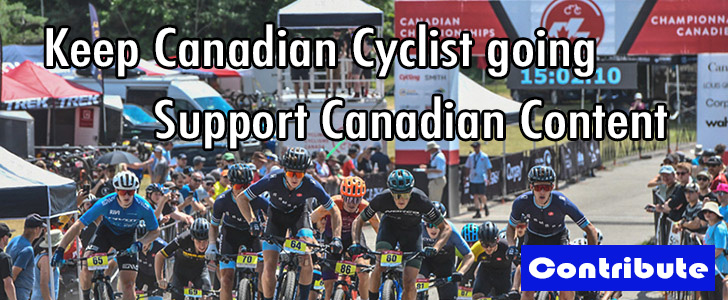March 2/09 23:10 pm - Designing and Building Sustainable Trails
Posted by Editor on 03/2/09
Presented at the 2006 IMBA Summit/World Mountain Bike Conference
Speakers: Rich Edwards, IMBA; Woody Keen, Trail Dynamics; Tony Boone, Arrowhead Trails Facilitators: Kristin Butcher and Ryan Schutz, IMBA
The speakers, all master trailbuilders, began by offering three goals they all strive for when designing and building trails: 1) limit environmental impacts; 2) keep maintenance requirements to a minimum; 3) avoid user conflicts.
They continued by offering a checklist for building sustainable contour trails. A contour trail is a path that gently traverses a hill or sideslope. It's characterized by a gentle grade, undulations called grade reversals, and a tread that usually tilts or outslopes slightly toward the outer edge. These features minimize tread erosion by allowing water to drain in a gentle, non-erosive manner called sheet flow. When water drains in thin, dispersed sheets, dirt stays where it belongs - on the trail.
Contour Trail Tips:
• Do everything you can to keep the water off the tread, and users on it
• Build on the contour and use frequent grade reversals - surf the hillside
• Follow the half-rule: A trail's grade shouldn't exceed half the grade of the sideslope
• Maximum grade should be 15 percent (except for natural or built rock structures)
• Average grade should stay under 10 percent (with grade reversals)
• Route trails to positive control points (viewpoints, water, other attractions)
• Use bench-cut construction, and excavate soil from the hillside
• For reroutes, reclaim old trail thoroughly - the visual corridor as well as the trail tread
• For highly technical trails where grade will sometimes exceed 15 percent, use natural rock, rock armoring or other rock features to add challenge and improve sustainability.
Two Critical Trailbuilding Tips
1. Avoid the Fall Line - Fall-line trails usually follow the shortest route down a hill - the same path that water flows. The problem with fall-line trails is that they focus water down their length. The speeding water strips the trail of soil, exposing roots, creating gullies, and scarring the environment.
2. Avoid Flat Areas - Flat terrain lures many trailbuilders with the initial ease of trail construction. However, if a trail is not located on a slope, there is the potential for the trail to become a collection basin for water. The trail tread must always be slightly higher than the ground on at least one side of it so that water can drain properly.
An ideal trail will simultaneously incorporate all five sustainable trail principles.
• The Half Rule
• The 10-Percent Average Guideline
• Maximum Sustainable Grade
• Grade Reversals
• Outslope
Additional IMBA Resources:
Trail Solutions: IMBA's Guide to Building Sweet Singletrack
Trailbuilding Resources
Toughen Trails With Ups and Downs
Using Rock to Harden Trails
If you have any questions, concerns or comments contact IMBA's Canadian office at: IMBA PO Box 23034, Kitchener, Ontario, N2B 3V1
www.imbacanada.com, canada@imba.com
| Return to Canadian Cyclist homepage | Back to Top |





